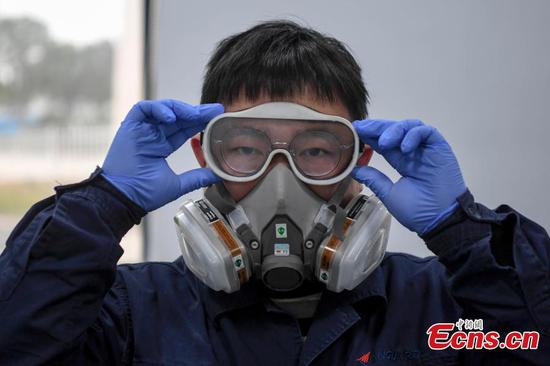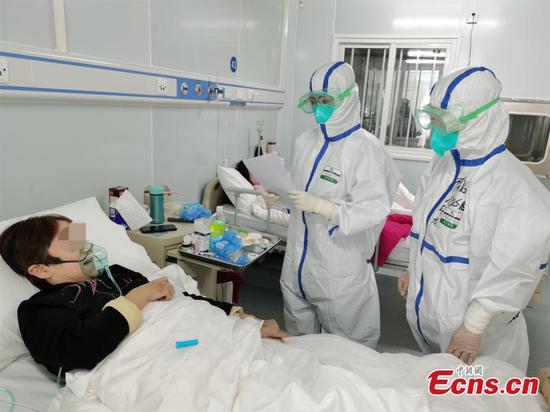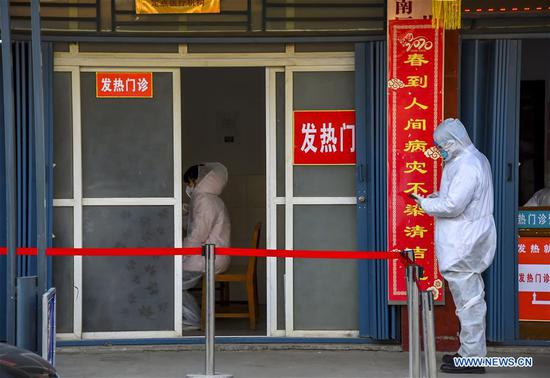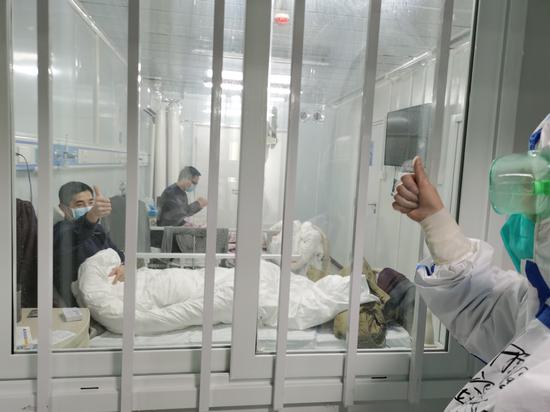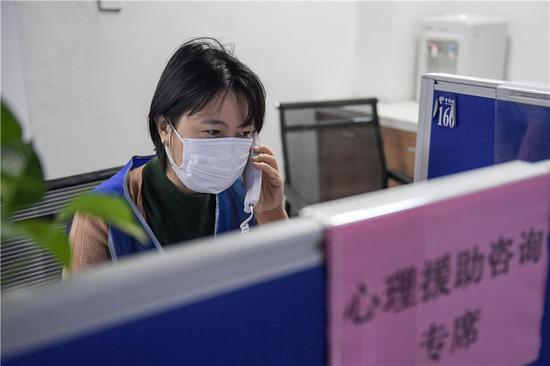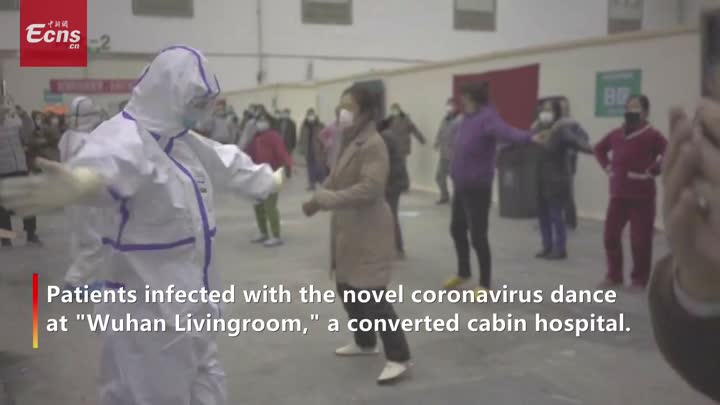
The Joint Prevention and Control Mechanism of the State Council holds a press conference, Feb 11, 2020. [Photo/chinadaily.com.cn]
An analysis of about 1,000 cases of clustering infections of the novel coronavirus shows that 83 percent have occurred in families, a leading epidemiologist said on Tuesday.
Hospitals, schools, shopping malls, factories and enterprises also are high-risk places for clustering infections – a definition that refers to more than two infections at a small place, said Wu Zunyou, chief epidemiologist at the Chinese Center for Disease Control and Prevention.
About 22 percent of the clustering infections were transmitted from patient zero to other patients, and 64 percent of infections are transmitted from those patients to more patients, he said, adding that there have also been rare cases of third-generation or fourth-generation transmission when the first patient has not shown clear symptoms.
The first patient usually has lived or traveled to Wuhan, and through close contact, the patient's family member was infected, which then can be transmitted to more family members, he said at a daily news conference.
However, Wu said the occurrence of clustering infections shows that prevention and control measures taken to combat the novel coronavirus epidemic have worked and the epidemic has not been spread on a larger scale.
To prevent clustering infections, people need to take epidemic prevention and control measures when taking care of infected family members. They should also keep the house well ventilated, wear masks and pay attention to personal hygiene, he added.














